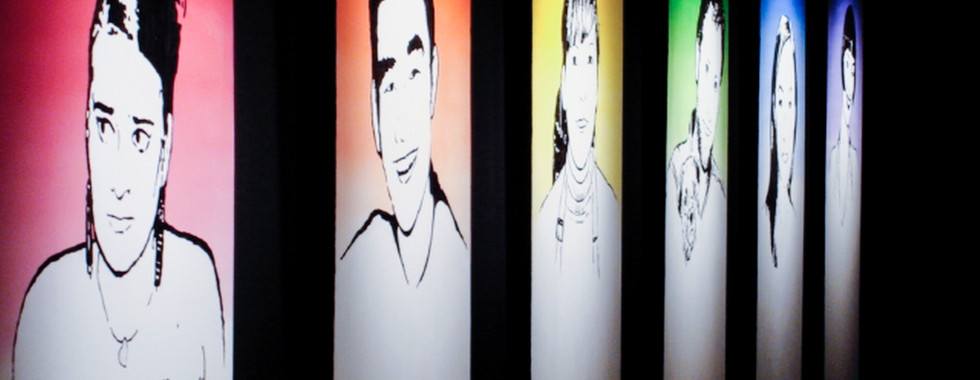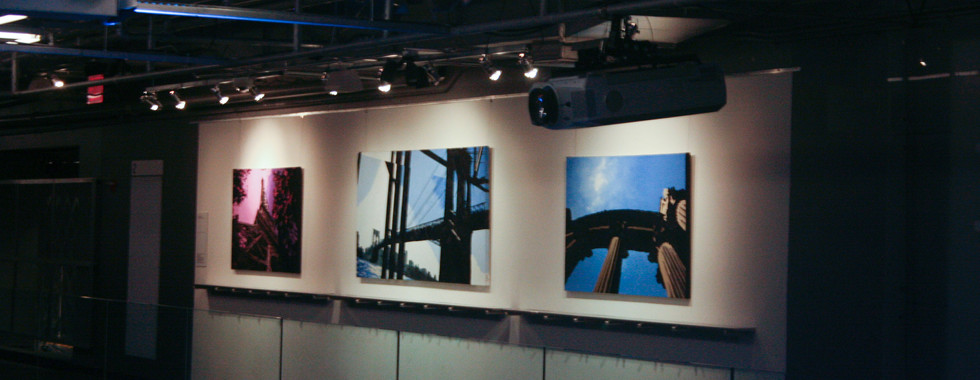South East Asia
Artworks by Lucas Stoffel Fine art prints available on Etsy.

Chunghua Buddha, Taiwan Artwork by Lucas Stoffel
When you embark on a journey through the vibrant landscapes of Asia, you'll find that Buddha statues are a ubiquitous and captivating sight. Yet, these representations of Buddha vary significantly from one country to another, reflecting the rich diversity of Buddhist traditions and regional influences. Let's delve into the enchanting world of Buddha statues in Vietnam, Thailand, and Nepal, exploring why and how they look different.
The Buddha's of Vietnam by Lucas Stoffel
Vietnam: Quan Âm, the Bodhisattva
In Vietnam, you'll encounter a unique twist in the portrayal of Buddhist figures. While the traditional image of Siddhartha Gautama, the historical Buddha, is still present, there's another prominent figure that takes the spotlight: Quan Âm, known as the Goddess of Mercy. Quan Âm is not a Buddha but a bodhisattva—a being who has achieved enlightenment but chooses to remain in the cycle of birth and death to help others attain enlightenment.
Statues of Quan Âm in Vietnam are distinctive. They depict her as a graceful and compassionate female figure, often adorned with multiple arms, symbolizing her ability to aid many people simultaneously. Her serene expression and her status as a symbol of compassion make her an essential part of Vietnamese Buddhism.

Thailand Buddha at the White Temple by Lucas Stoffel
Thailand: The Land of the Golden Buddha Statues
Thailand is often referred to as the "Land of the Golden Buddhas," and for a good reason. Thai Buddhist art typically portrays Buddha statues with a touch of grandeur. These statues are often adorned with gold leaf, giving them a resplendent and radiant appearance. The posture of the Buddha, whether seated, standing, or reclining, conveys specific teachings and moments from his life.
In Thailand, you'll also come across statues of other significant figures from Buddhist mythology, like the four-faced Brahma or the multi-armed Avalokiteshvara. Each of these statues represents various aspects of Thai Buddhism and its rich cultural heritage.

Nepalese Buddha's by Lucas Stoffel
Nepal: Ancient Traditions in Stone and Metal
In Nepal, the artistry of Buddha statues takes on a unique form. Statues are typically crafted from stone or metal, portraying Buddha in a meditative posture. Nepalese artists pay meticulous attention to detail, with the eyes of Buddha often depicted in an elongated shape, known as the "Nepali eye." This distinctive feature symbolizes the wisdom and compassion of the Buddha.
What's fascinating in Nepal is the blend of Hindu and Buddhist traditions. You'll find a fusion of deities and iconography from both religions, showcasing the harmonious coexistence of these two faiths in the region.

Why the Differences?
The diversity in the appearance of Buddha statues can be attributed to several factors, including local cultural influences, artistic traditions, and the specific teachings emphasized by different Buddhist sects. In Vietnam, Quan Âm's presence reflects the importance of compassion, while in Thailand, the opulent use of gold underscores the reverence for Buddha. In Nepal, the synthesis of Hindu and Buddhist elements showcases the unique religious landscape of the region.
So, as you explore the mystical world of Buddha statues in Vietnam, Thailand, and Nepal, you're not merely observing variations in artistic expression; you're also witnessing the kaleidoscope of beliefs and practices that make Buddhism a vibrant and multifaceted tradition in Asia.
























































